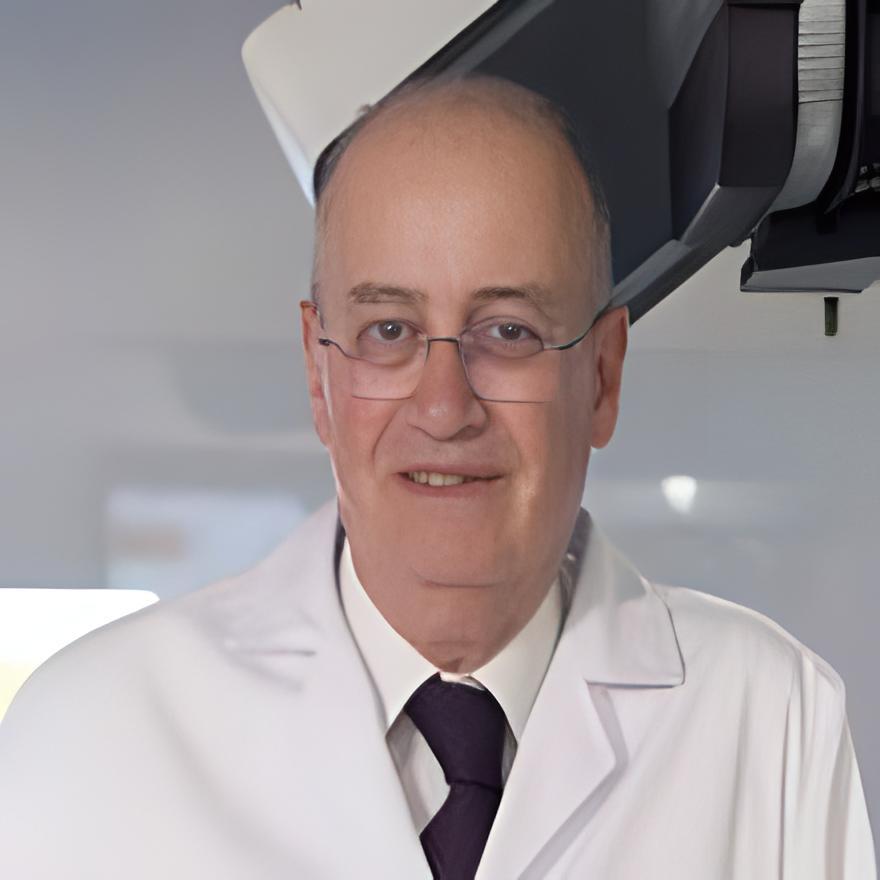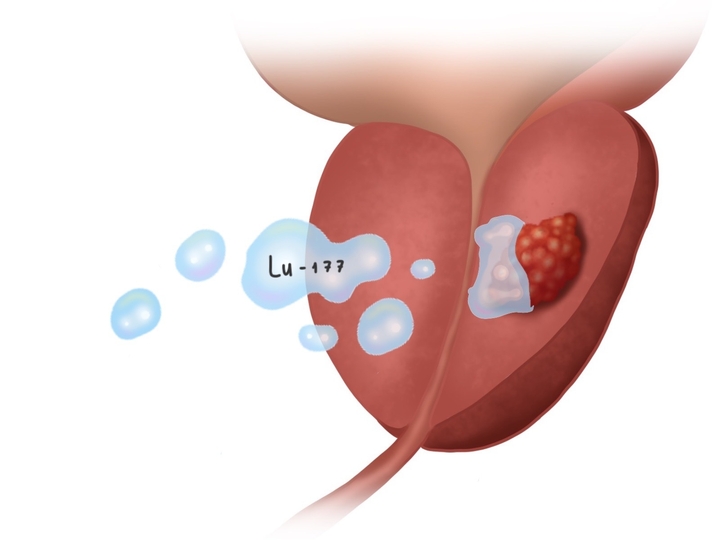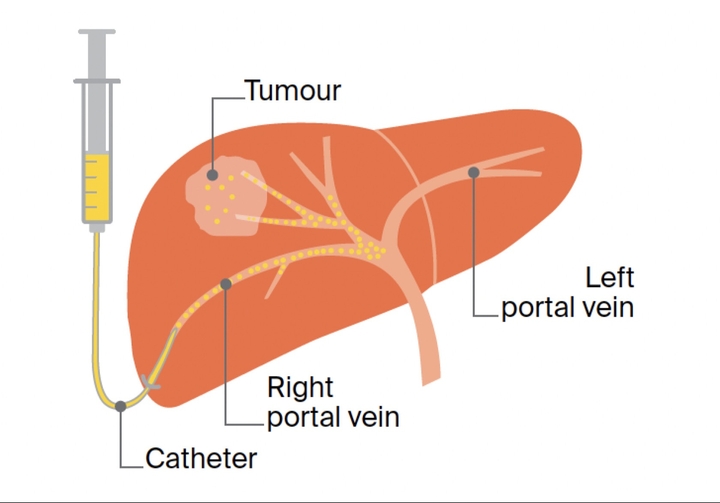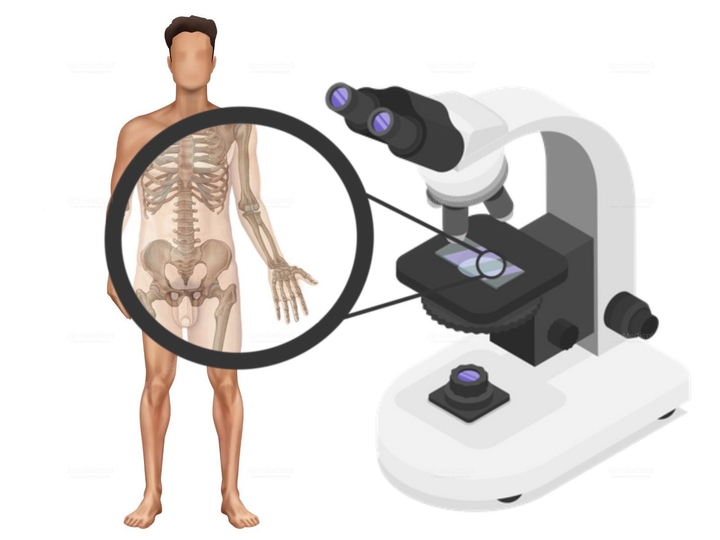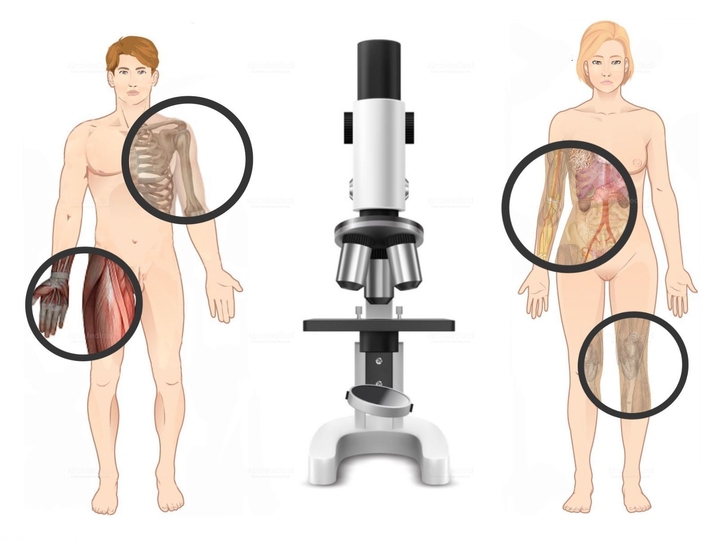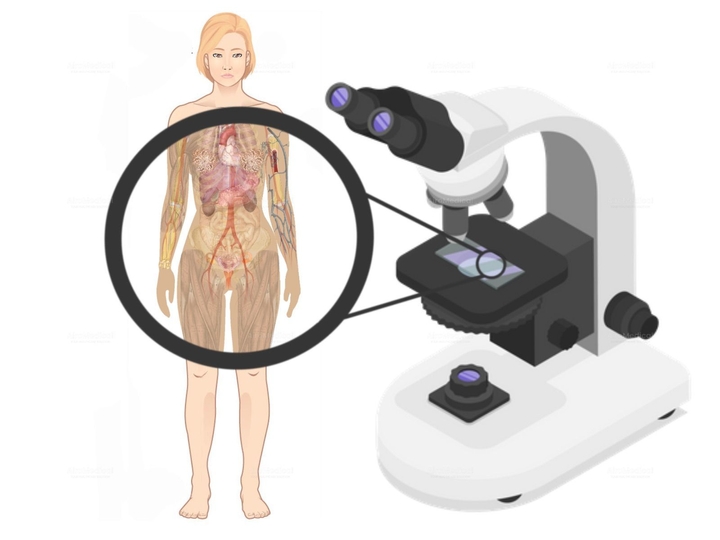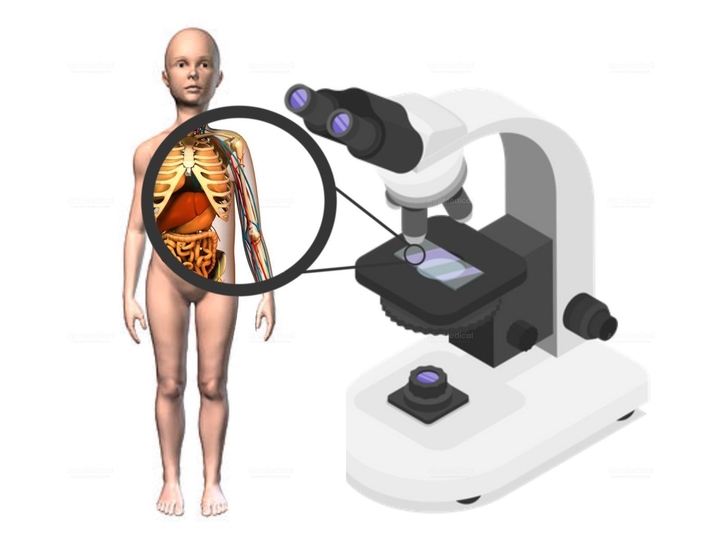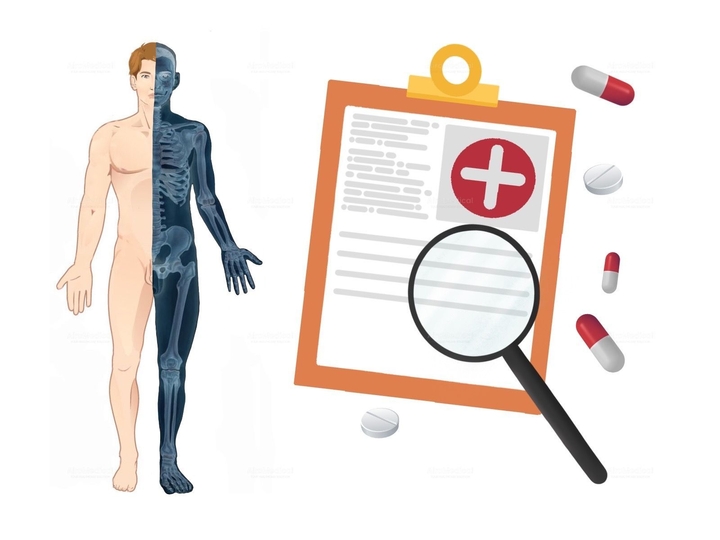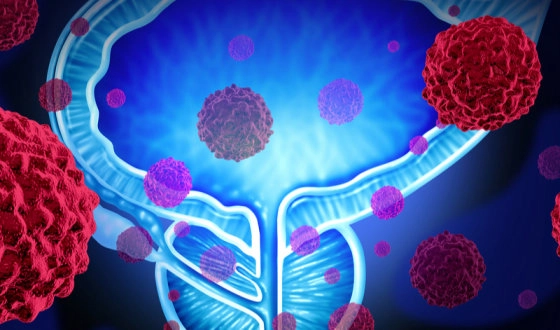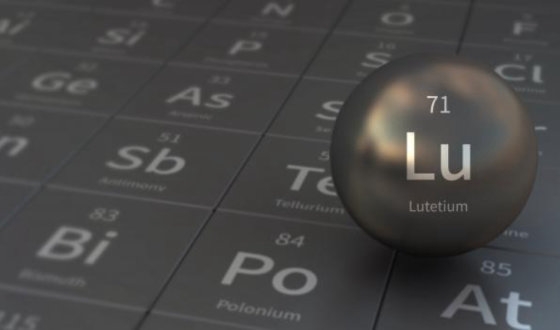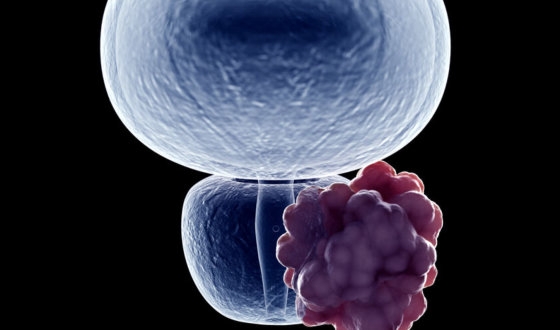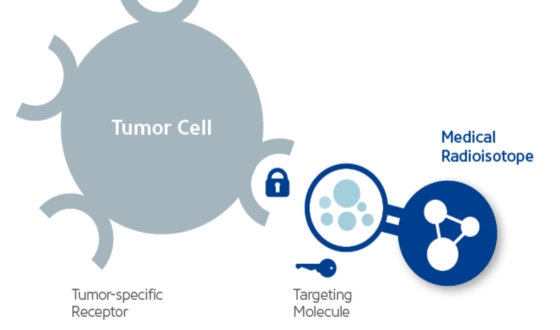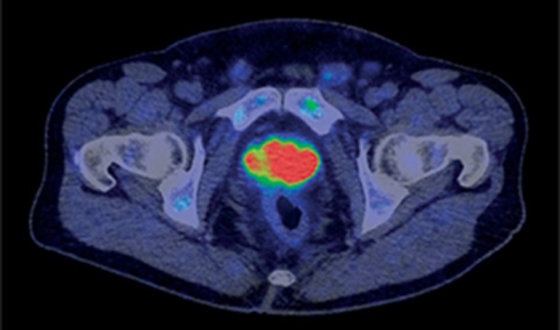Lutetium-177 therapy Worldwide: Best Hospitals, Doctors, Options, & Cost
Update: Dec 19, 2025
Best hospitals for lutetium-177 therapy worldwide
Top doctors for lutetium-177 therapy worldwide
Top offers
Cost for lutetium-177 therapy worldwide
Lutetium-177 therapy€13,225 - 41,686
How AiroMedical can help you
Global medical travel platform for searching and booking treatments.
Read more in our blogs
FAQ
What are the best clinics for Lutetium-177 therapy?
Who are the best doctors for Lutetium-177 therapy?
Prof. Dr. med. Wolfgang Weber from
University Hospital Rechts der Isar Munich
Prof. Dr. med. Hans-Jurgen Biersack from
Beta Clinic Bonn
Prof. Dr. med. Frank Grunwald from
University Hospital Frankfurt am Main
Prof. Dr. med. Peter Bartenstein from
University Hospital Ludwig-Maximilians Munich
Prof. Dr. med. Stefan Dresel from
Helios Hospital Berlin-Buch













